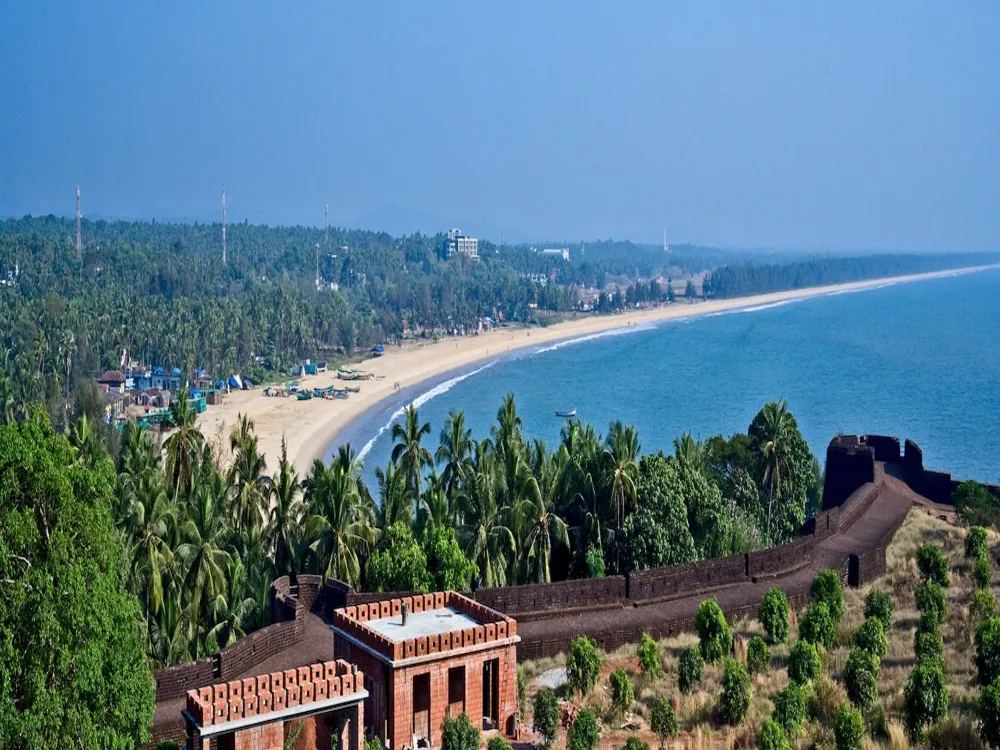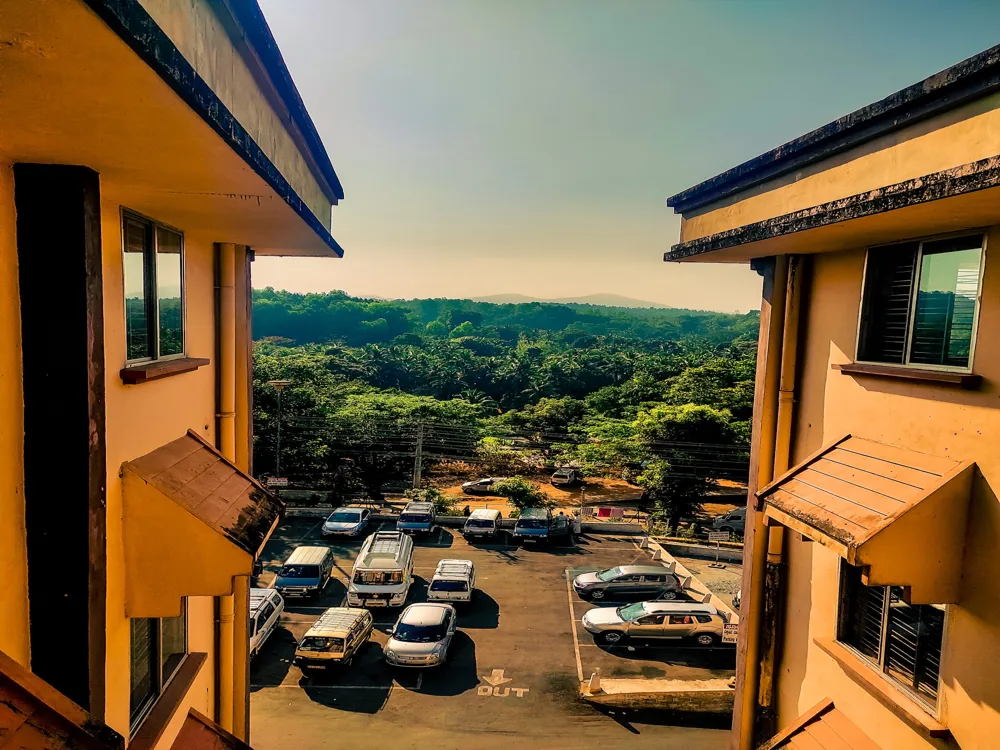Nestled in the vibrant city of Mangalore, Karnataka, the Thousand Pillar Temple stands as a testament to the architectural brilliance and spiritual significance of ancient India. This magnificent temple, also known as the 'Savira Kambada Basadi', is revered for its intricate carvings, majestic pillars, and historical importance. Built in the 12th century, it was constructed under the patronage of the Vijayanagara Empire, showcasing the unique style of Jain architecture. The temple is dedicated to Lord Shantinatha, Parshvanatha, and Neminatha, representing the essence of Jain religious values. As you step into the temple, you are greeted by a thousand pillars, each uniquely carved with intricate designs, depicting various scenes from Jain mythology and cosmology. These pillars are not just supporting structures but are a canvas that tells stories of a bygone era. The temple complex is an architectural marvel, with its symmetrical layout, detailed sculptures, and awe-inspiring main hall. The temple's craftsmanship highlights the artisans' skills in stone carving and their deep understanding of geometry and symmetry. The temple is not just a place of worship but also a hub of cultural and historical learning. It has survived the test of time and continues to be a significant pilgrimage site for Jains and a must-visit destination for history enthusiasts and art lovers. The preservation efforts over the years have ensured that the beauty and sanctity of the temple remain intact, making it a timeless masterpiece of Indian heritage. The Thousand Pillar Temple, a crown jewel in the history of Jain architecture, is an exemplary display of the craftsmanship and architectural prowess of the Vijayanagara period. The temple, constructed using finely carved granite, stands on a raised platform, typical of Jain temple architecture. Its design is a harmonious blend of Chalukyan, Hoysalan, and Dravidian architectural styles, which is evident in its ornamentation, structural design, and layout. The temple's most striking feature is its thousand pillars, each distinctly carved with figures of deities, dancers, musicians, and floral motifs, showcasing the richness of Jain mythology and iconography. These pillars are positioned so that none of them obstructs the view of the deity in the sanctum sanctorum, a thoughtful design choice that enhances the spiritual experience. The central hall, or 'navaranga', is a large, open space with a high ceiling where devotees gather for prayers and rituals. The temple's vimana, or tower, is an architectural masterpiece, with multiple tiers adorned with intricate carvings and statues. The temple also features an array of ornate ceilings, each depicting different aspects of Jain cosmology, adding to the temple's mystical aura. The skillful use of light and shadow through strategic placement of windows and openings in the temple enhances the spiritual ambiance and highlights the detailed carvings. As a place of religious importance, it is recommended to dress modestly while visiting the Thousand Pillar Temple. Traditional or conservative attire is preferred to respect the cultural and spiritual environment of the temple. While photography is allowed in some parts of the temple, it is prohibited in the sanctum sanctorum. Visitors are advised to check for signs indicating photography restrictions or seek permission from temple authorities. Opt for a guided tour to gain a deeper understanding of the temple's history, architecture, and religious significance. Knowledgeable guides can provide insights that enrich your visit. The Thousand Pillar Temple in Mangalore, Karnataka, is well-connected and easily accessible by various modes of transportation. The nearest airport is Mangalore International Airport, which is about 15 kilometers from the city center. From there, you can hire a taxi or take a bus to reach the temple. Mangalore also has two major railway stations—Mangalore Central and Mangalore Junction—offering good connectivity with major cities across India. For those preferring road travel, Mangalore is well connected by national and state highways. Local buses, autorickshaws, and taxis are readily available for local transport within the city. Read moreOverview of Thousand Pillar Temple of Mangalore, Karnataka
Architecture of Thousand Pillar Temple
Tips for Visiting Thousand Pillar Temple
Dress Appropriately
Photography Rules
Guided Tours
How To Reach Thousand Pillar Temple
Mangalore Tourism
Best Time to Visit Mangalore
How to Reach Mangalore
Things To Do Mangalore
Thousand Pillar Temple
Mangalore
Karnataka
NaN onwards
View mangalore Packages
Weather :
Label : Must Visit
Tags : Temple
Timings : 5:00 AM - 9:00 PM
Time Required : 2-3 hrs
Entry Fee : No entry fee
Planning a Trip? Ask Your Question
Also Refered As:
Sri Rudreswara Swamy Temple
Mangalore Travel Packages
View All Packages For Mangalore
Top Hotel Collections for Mangalore

Private Pool

Luxury Hotels

5-Star Hotels

Pet Friendly
Top Hotels Near Mangalore
Other Top Ranking Places In Mangalore
View All Places To Visit In mangalore
View mangalore Packages
Weather :
Label : Must Visit
Tags : Temple
Timings : 5:00 AM - 9:00 PM
Time Required : 2-3 hrs
Entry Fee : No entry fee
Planning a Trip? Ask Your Question
Also Refered As:
Sri Rudreswara Swamy Temple
Mangalore Travel Packages
View All Packages For Mangalore
Top Hotel Collections for Mangalore

Private Pool

Luxury Hotels

5-Star Hotels

Pet Friendly






















